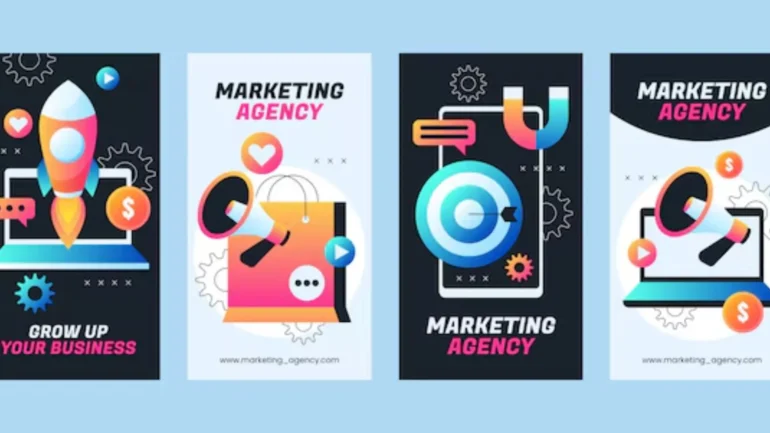Visual storytelling power is highly in demand in this ever-changing world of marketing. The visual appeal to marketing has gained increasing momentum because of its utility as an aid for attracting the audience, developing meaningful connections, and further reaching the audiences of more interest and importance to them, within a crowded digital marketplace, through brands vying to catch the eye and mind.
Importance of Visual Marketing
Visual marketing covers various media such as images, videos, infographics, and many more. These visuals are not only great to look at; they are great communication tools. They help one pass a whole lot of information in the simplest way. The human brain processes visual information 60,000 times faster than text, which is the reason for why visual will be part of any marketer’s arsenal.
Types of Visual Marketing
- Images and Photography: Good quality images and professional photography can capture the soul of a brand and create emotions. Whether it is used in social media posts, advertisements, or website content, great images can significantly increase engagement and memorability.
- Videos: Video content forms the bedrock of modern marketing. From short-form clips on TikTok and Instagram Reels, to long-form content pieces on YouTube, videos open up a versatile way to let brand stories be told, present products, and connect the audience on a deeper plane.
- Infographics: Infographics are a powerful tool for the presentation of data and complex information in an easily digestible format. They combine text and visuals to create a cohesive narrative that is both informative and engaging.
- Graphic Design: Creative graphic design can bring a brand’s identity to life. From logos and branding materials to social media graphics and email newsletters, well-designed visuals can enhance brand recognition and consistency.
- Text to Image AI: This cutting-edge technology allows brands to generate high-quality images from textual descriptions, opening up new possibilities for visual content creation. By leveraging AI, brands can create unique and personalized visuals that align perfectly with their messaging.
Strategies for Effective Visual Marketing
- Consistency in Branding: The visual identity presented by all marketing channels needs consistency. This includes the consistent and uniform use of colors and typography, and all possible design elements that express the company’s personality and values.
- The ability of users to share content pertaining to the brand helps encourage a sense of authenticity and belief with the brand. The process of user-generated content encourages engagement and provides social proof in the form of an assurance on purchasing decisions.
- Storytelling: Visual storytelling is beyond pretty pictures. It is crafting a narrative that resonates in the heart of the audience and corresponds to the brand’s mission. Whether through a series of images, a video campaign, or an infographic, storytelling can make a brand more relatable and memorable.
- Interactive Content: Interactive visual content, including quizzes, polls, and interactive infographics, can enhance engagement and provide valuable insights into audience preferences and behaviors.
Case Studies: Brands Winning with Visual Marketing
- Airbnb: The visual marketing for Airbnb focuses on high-quality aspirational images of destinations to travel to and unique places to stay. These visuals don’t just inspire wanderlust; they also build trust and credibility with potential guests.
- Nike: Nike’s use of powerful imagery and video content to tell stories of athleticism, perseverance, and achievement has made it a leader in visual marketing. The brand’s campaigns often feature inspiring stories of athletes, reinforcing its message of empowerment and excellence.
- Coca-Cola: The brand has a distinct and recognizable visual identity that can be attributed to its strong brand, and the consistency in the use of visual elements, such as its red color and script logo. Its visual marketing can be seen from its packaging, advertisements, and social media content, all which create a consistent and memorable brand experience.
Conclusion
Visual marketing is a strong tool that can transform the way a brand tells its story and engages with its audience. With various forms of visual content and the right strategies, brands can create compelling narratives that resonate with their audiences and drive marketing success. As the digital landscape continues to evolve, the importance of visual marketing will only grow, making it an essential component of any modern marketing strategy.

